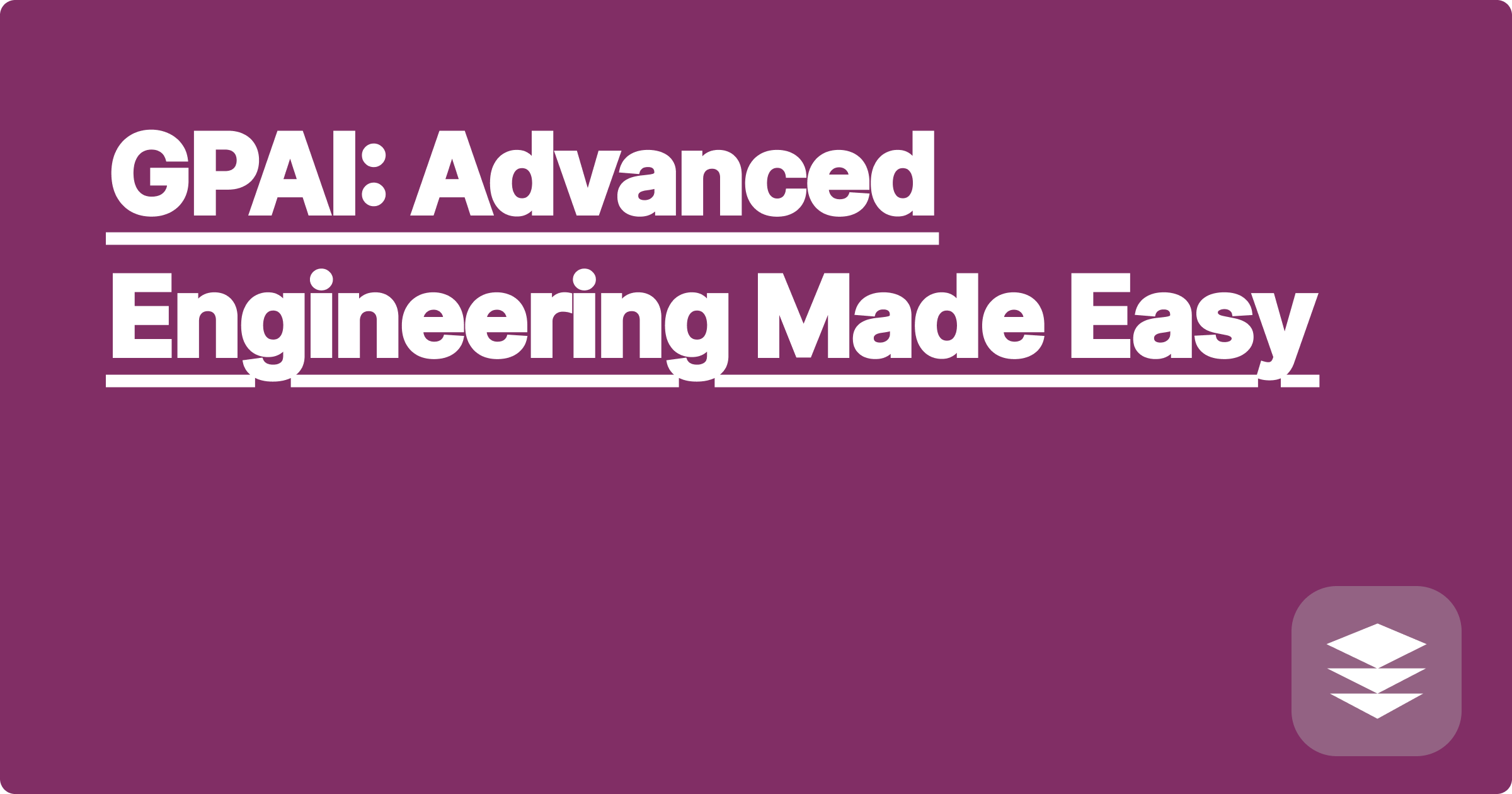
The world of STEM presents a constant barrage of complex challenges, demanding innovative solutions and rigorous analysis. From designing intricate systems to unraveling the mysteries of the universe, STEM professionals face intricate problems that require both deep understanding and creative thinking. Artificial intelligence offers a powerful new paradigm for tackling these challenges, providing tools that can augment human capabilities and accelerate the pace of discovery. AI is no longer a futuristic concept; it's a tangible resource available today, capable of simplifying complex tasks and empowering STEM students and researchers to achieve breakthroughs.
This shift towards AI-powered engineering has profound implications for STEM students and researchers. Mastering these tools is no longer optional; it's becoming essential for success in the modern scientific landscape. Understanding how to leverage AI effectively can significantly enhance research productivity, improve the accuracy of analyses, and open up entirely new avenues for exploration. By embracing AI, STEM professionals can not only streamline their current workflows but also equip themselves with the skills necessary to thrive in the rapidly evolving future of their fields.
Many advanced engineering problems involve complex systems with numerous interacting variables. These systems can be difficult to model and analyze using traditional methods. Consider, for example, the challenge of optimizing the design of a wind turbine. The aerodynamic performance of the turbine blades, the structural integrity of the tower, and the efficiency of the power generation system are all interconnected. Changes to one component can have ripple effects throughout the entire system, making it challenging to predict the overall impact of design modifications. Traditional approaches often rely on simplified models and approximations, which can limit the accuracy and effectiveness of the design process. Furthermore, optimizing such complex systems often requires extensive simulations and experiments, which can be time-consuming and resource-intensive.
AI tools like ChatGPT, Claude, and Wolfram Alpha offer powerful capabilities for tackling these complex engineering challenges. ChatGPT and Claude, for instance, can be used to generate code, explore design alternatives, and even brainstorm innovative solutions. Wolfram Alpha excels at symbolic computation, allowing for the manipulation of complex mathematical equations and the exploration of various physical phenomena. These tools can be used in conjunction to create a powerful workflow for engineering design and analysis. For example, you could use ChatGPT to generate initial design concepts, then refine those concepts using Wolfram Alpha to perform detailed calculations and simulations. Finally, you could use Claude to analyze the results and identify potential areas for improvement.
Begin by clearly defining the problem and identifying the key variables involved. This might involve gathering data from experiments, simulations, or existing literature. Then, formulate the problem in a way that is amenable to AI analysis. This could involve translating the problem into a mathematical equation, a set of logical statements, or a natural language query. Next, select the appropriate AI tool for the task. If the problem involves symbolic computation or mathematical modeling, Wolfram Alpha might be the best choice. If the problem requires creative brainstorming or code generation, ChatGPT or Claude could be more suitable. Once the tool is selected, input the problem definition and any relevant data. Refine the input and parameters as needed until the AI tool produces meaningful results. Finally, carefully analyze the output and interpret the results in the context of the original problem.
Consider the problem of calculating the stress distribution in a complex structure under load. Traditional methods might involve using finite element analysis software, which can be complex and time-consuming to set up and run. Wolfram Alpha, however, can often perform these calculations directly, given the appropriate input parameters. For example, you could input the geometry of the structure, the material properties, and the applied loads, and Wolfram Alpha could return the stress distribution as a function of position. Another example is optimizing the control system for a robotic arm. ChatGPT could be used to generate code for different control algorithms, and then simulations could be run to evaluate their performance. This allows for rapid prototyping and testing of different control strategies without the need for extensive hardware development. Furthermore, AI can be used to analyze large datasets from experiments or simulations, identifying patterns and insights that might be missed using traditional methods. For instance, you could use AI to analyze the performance data of a wind turbine under different wind conditions, identifying optimal operating parameters.
Successfully integrating AI into your academic workflow requires a strategic approach. Start by familiarizing yourself with the different AI tools available and their respective strengths and weaknesses. Practice using these tools on simple problems before tackling more complex challenges. Don't be afraid to experiment and explore different approaches. It's also important to understand the limitations of AI. AI tools are powerful, but they are not a replacement for human expertise and critical thinking. Always carefully validate the results produced by AI and interpret them in the context of the problem being solved. Furthermore, stay up-to-date with the latest advancements in AI, as new tools and techniques are constantly being developed.
To conclude, AI is rapidly transforming the landscape of STEM education and research. By embracing these powerful tools, students and researchers can significantly enhance their productivity, improve the accuracy of their work, and open up new avenues for discovery. Start exploring the potential of AI today and unlock a new level of efficiency and innovation in your STEM endeavors. Take the time to learn and experiment with different AI platforms, and discover how they can best serve your specific research needs. The future of STEM is intertwined with AI, and those who embrace this technology will be best positioned to succeed.
GPAI: Data Analysis Simplified
GPAI: Your Differential Equations Tutor
GPAI: Perfect Your Lab Reports
GPAI: Programming Homework Ace
GPAI: Your Physics Exam Partner
GPAI: Streamline Your Research
GPAI: Conquer Computer Science